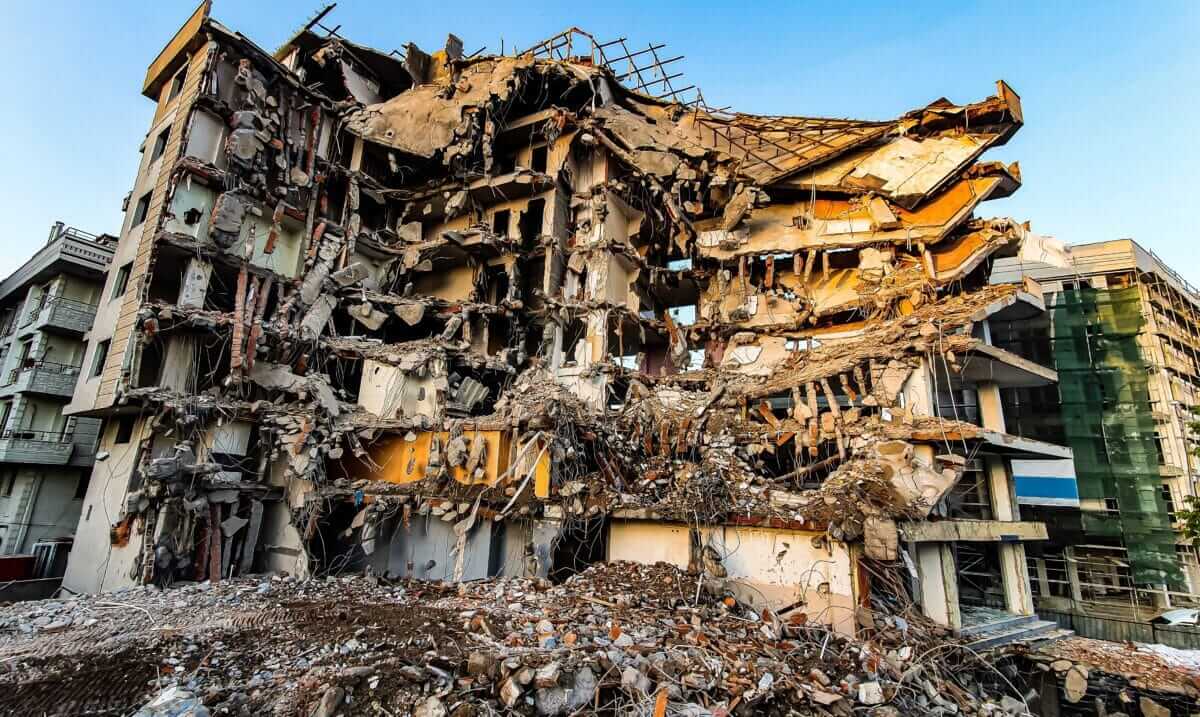
The many shocks of the turkish earthquakes
The tension had been building up for many years on the East Anatolian Fault. This had been a continual process occurring inexorably, although on a human timescale the small movement of about two centimetres per day is imperceptible. Syria and Turkey mark the place where the Arabian plate in the south pushes up into the East Anatolian plate to the north, crunching past the African plate to the west. The last major earthquake in the area had occurred near Istanbul in 1999. In the end, at 1.17 GMT on Monday, February 6th., those frictional forces created by the movement of the opposing plates became too great. At this point the plates simply gave way, giving rise to an earthquake measuring 7.8 on the Richter Scale. And just to make things worse, this was then followed up some nine hours later by a further quake, an aftershock measuring 7.5 on the Richter Scale.
The epicentre of all this geological activity was at a depth of eleven kilometres. However, in the towns and villages on the surface, where people were mostly fast asleep in their beds, this led to a complete catastrophe.




